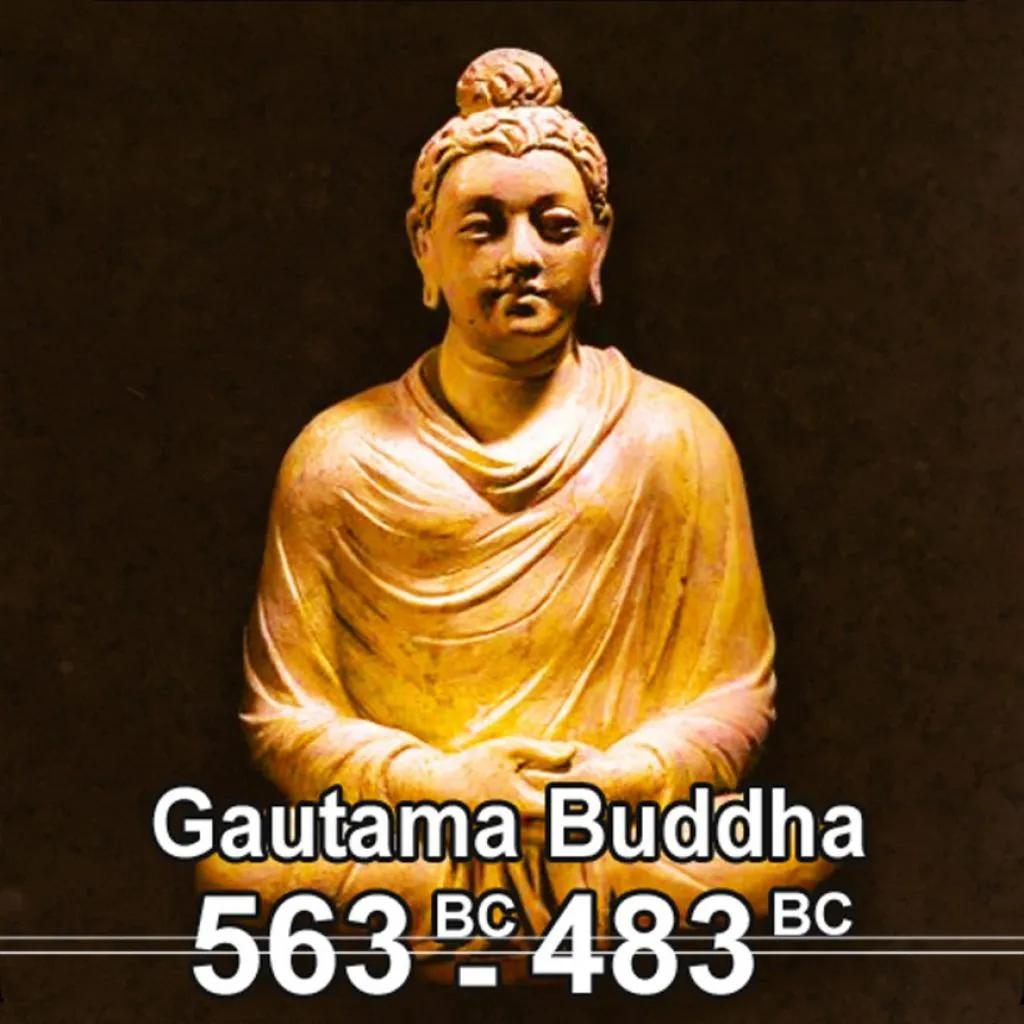
Gautama Buddha
Buddhism is the world's fourth-largest religion with over 520 million followers, or over 7% of the global population, known as Buddhists.
Gautama Buddha, also known as Siddhārtha Gautama, Shakyamuni (i.e. "Sage of the Shakyas") Buddha, or simply the Buddha, after the title of Buddha, was a monk mendicant, and sage, on whose teachings Buddhism was founded. He is believed to have lived and taught mostly in the northeastern part of ancient India sometime between the 6th and 4th centuries BCE.
Gautama taught a Middle Way between sensual indulgence and the severe asceticism found in the śramaṇa movement[9] common in his region. He later taught throughout other regions of eastern India such as Magadha and Kosala.
Gautama is the primary figure in Buddhism. He is believed by Buddhists to be an enlightened teacher who attained full Buddhahood and shared his insights to help sentient beings end rebirth and suffering. Accounts of his life, discourses and monastic rules are believed by Buddhists to have been summarised after his death and memorized by his followers. Various collections of teachings attributed to him were passed down by oral tradition and first committed to writing about 400 years later.
In Vaishnava Hinduism, the historic Buddha is considered to be an avatar of the Hindu god Vishnu. Of the ten major avatars of Vishnu, Vaishnavites believe Gautama Buddha to be the ninth and most recent incarnation.
BUDDHISM
An Indian religion, Buddhism encompasses a variety of traditions, beliefs and spiritual practices largely based on original teachings attributed to the Buddha and resulting interpreted philosophies. Buddhism originated in ancient India as a Sramana tradition sometime between the 6th and 4th centuries BCE, spreading through much of Asia. Two major extant branches of Buddhism are generally recognized by scholars: Theravada (Pali: "The School of the Elders") and Mahayana (Sanskrit: "The Great Vehicle").
All Buddhist traditions share the goal of overcoming suffering and the cycle of death and rebirth, either by the attainment of Nirvana or through the path of Buddhahood. Buddhist schools vary in their interpretation of the path to liberation, the relative importance and canonicity assigned to the various Buddhist texts, and their specific teachings and practices. Widely observed practices include taking refuge in the Buddha, the Dharma and the Sangha, observance of moral precepts, monasticism, meditation, and the cultivation of the Paramitas (virtues).
Theravada Buddhism has a widespread following in Sri Lanka and Southeast Asia. Mahayana, which includes the traditions of Pure Land, Zen, Nichiren Buddhism, Shingon and Tiantai (Tendai), is found throughout East Asia.
Vajrayana, a body of teachings attributed to Indian adepts, may be viewed as a separate branch or as an aspect of Mahayana Buddhism. Tibetan Buddhism, which preserves the Vajrayana teachings of eighth-century India, is practiced in the countries of the Himalayan region, Mongolia, and Kalmykia
















































